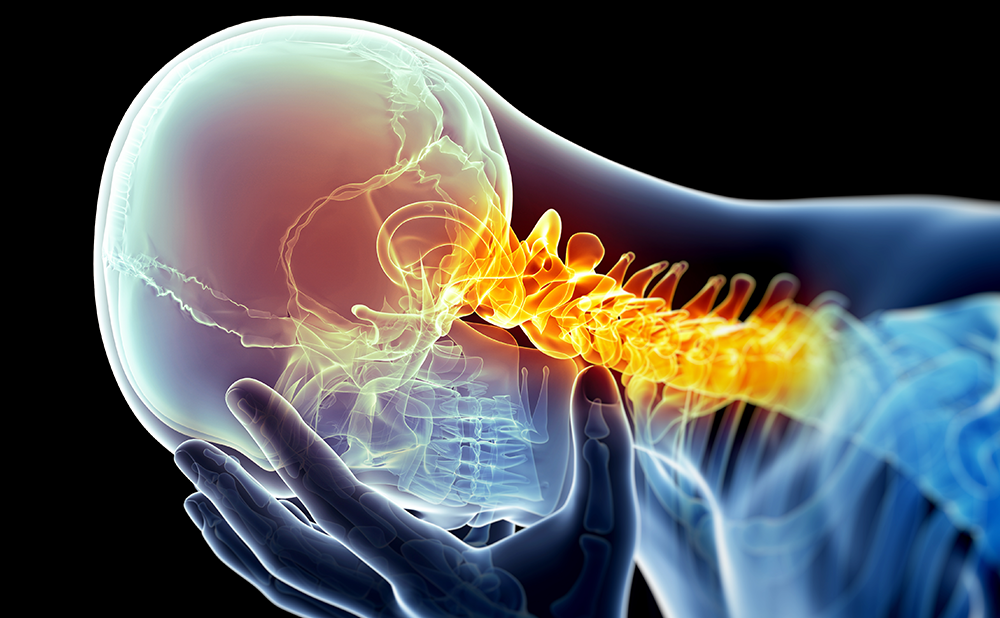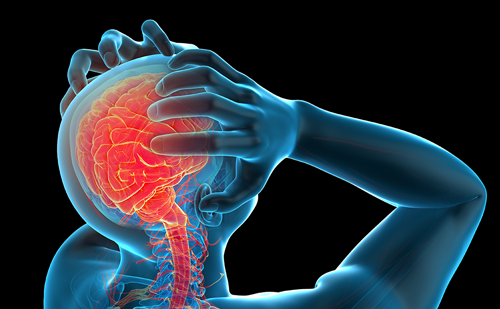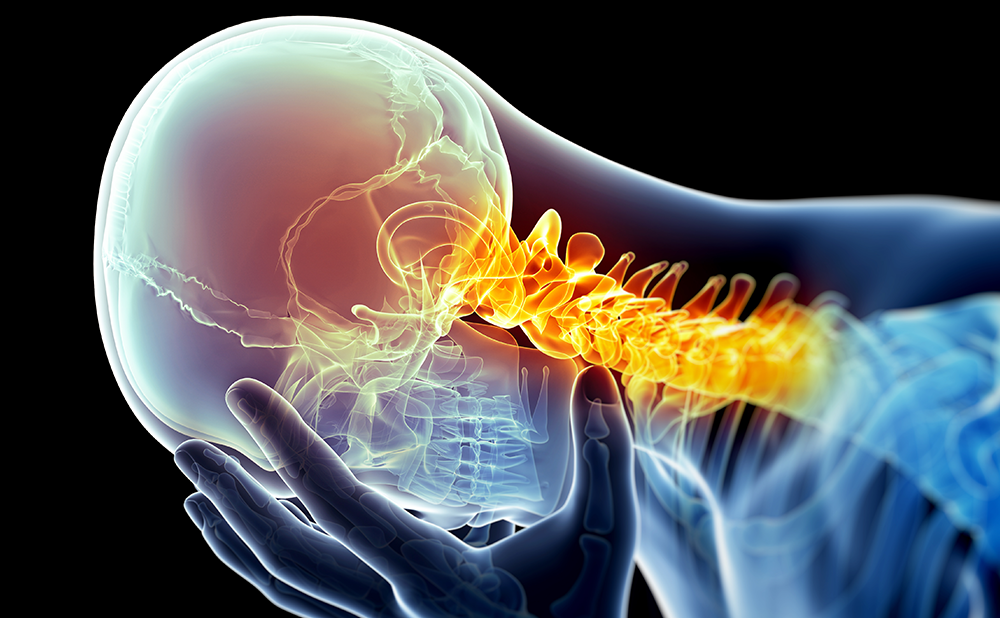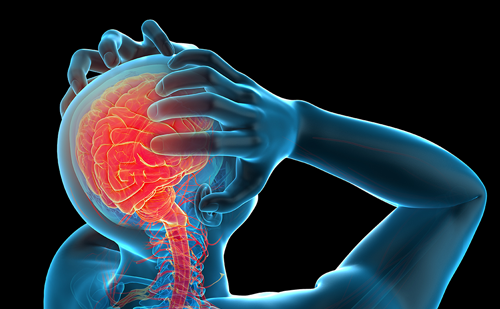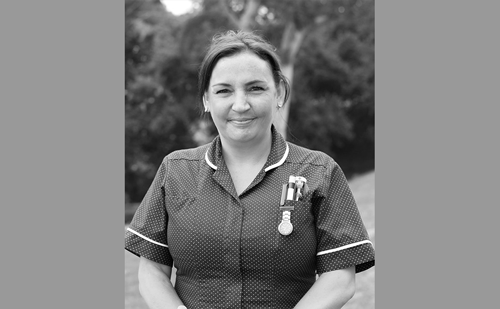Welcome to the winter 2015 edition of European Neurological Review, which features a diverse range of articles covering a number of therapeutic areas. This edition begins with a series of articles and meeting reports on multiple sclerosis (MS). The articles focus on vitamin D. In the first, Taylor and colleagues look at the interaction between vitamin D and interferon (IFN) β-1b treatment in the BENEFIT and BEYOND studies. There is a positive correlation of vitamin D levels with favourable outcomes. Therapeutic benefits of IFN β-1b may be through elevating vitamin D levels. In a review by Holick and colleagues, discussing the importance of screening for vitamin D deficiency and the beneficial effects of supplementation, this last conclusion is supported.
Highlights of a satellite symposium at the World Congress on Controversies in Neurology (CONy) in Budapest, Hungary, reports on teriflunomide and alemtuzumab. These options are increasingly offered to MS patients. A report of the MS Day in Istanbul is an expert review of current issues in MS, such as environmental factors, remyelination, diagnosis, biomarkers and symptomatic treatment. The MS section ends with a helpful review of cognitive dysfunction in MS by Santos and colleagues.
In the epilepsy section, two expert reviews of symposia are presented. The first, on optimising therapy, was at the European Academy of Neurology (EAN) meeting in Berlin and contains an interesting section on the safety of anti-epileptic drugs and the four types of adverse effects. The second, at the International Epilepsy Congress in Istanbul, Turkey, addresses challenges of drugresistant epilepsy and the attempts to reduce the treatment gaps in these conditions.
Parkinson’s disease is covered in two papers. Bonuccelli summarises the results of post-hoc analyses and long-term efficacy of safinamide, a dopamine and glutamate modulator, in patients with motor complications. Reichmann and colleagues report on an EAN symposium dedicated to unmet needs in later-stage patients, focusing again on safinamide, which showed benefit in these stages.
Neuromuscular disease is represented by a review of idebenone, a drug that improves cellular bioenergetics, in Duchenne dystrophy. The DELPHI and DELOS trials showed promising results on the reduction of respiratory progression. Also in this issue, Previgliano and colleagues provide a review of cognitive impairment after critical illness, with a focus on the neurotrophic hypothesis and potential benefit of cerebrolysin.
Finally, the headache section comprises a paper by Alain et al. demonstrating reduced selective attention and mental flexibility interictally in people with migraine.
European Neurological Review would like to thanks all contributors to this edition, which we hope you will find interesting and useful. Thanks are also extended to our Editorial Board for continuing support and advice.


